Modi fulfils key pledge to India’s Hindus with opening of grand Ram Temple on site of razed Babri mosque
Building a ‘Vatican for Hindus’ has long been one of the biggest talking points for India’s Hindu nationalist movement, but its construction on the site of the illegally demolished Babri Masjid mosque remains a source of pain for India’s Muslim minority. Namita Singh meets residents and pilgrims in Ayodhya, the holy city at the centre of the country’s religious divide

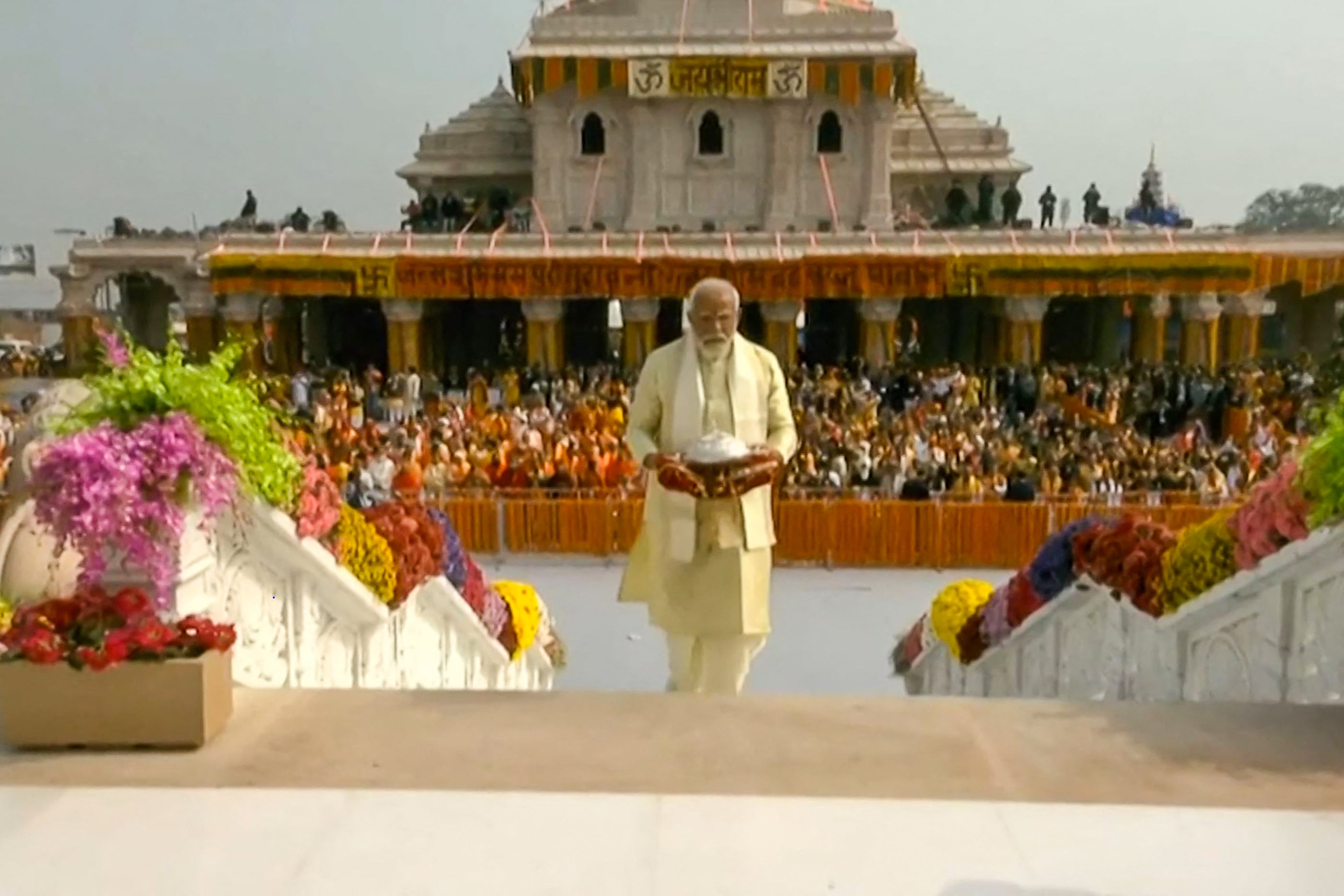
The scaffolding on the vast Hindu temple being built in the northern Indian town of Ayodhya can be seen from a distance. With prime minister Narendra Modi due to lead the consecration of the Ram Temple on Monday, workers were still climbing up the main dome last week to apply the finishing touches ahead of the grand state event.
The frenzied last-minute preparations, and a large police presence, do nothing to dampen the spirits of a stream of exuberant devotees making their way to the disputed site, which is believed by many to be the birthplace of the most revered Hindu deity, Lord Ram.
The inauguration ceremony on Monday will fulfil a decades-long Hindu nationalist pledge just months before Modi and his right-wing Bharatiya Janata Party (BJP) are set to seek a third term in power in a national election. With the prime minister due in the city alongside thousands of religious leaders and powerful figures from India’s elite, streets that were earlier congested and worn down are witnessing an elaborate makeover.
There are concerns, however, among the city’s Muslims and the country’s minority communities further afield, that the prosperity returning to modern-day Ayodhya is not being shared evenly by residents of all religious backgrounds. The temple itself is built on the site where the Babri Masjid – then India’s biggest mosque – was torn down by a Hindu mob. For many Muslims, even those keen to move on from the past, the site remains a reminder of one of the darkest episodes in India’s independent history.
Ayodhya resident Anwari Begum, 65, still remembers the day when the mosque was brought down: 6 December 1992. The incident spurred nationwide riots that left some 2,000 people dead, most of them Muslims.
Begum was at her home with her six children and husband before they were chased away and the building was burnt to ashes in the riots that unfolded afterwards. It was not just her house that was set ablaze by the religious workers, or kar sevaks: her husband was murdered, and his remains were never found.
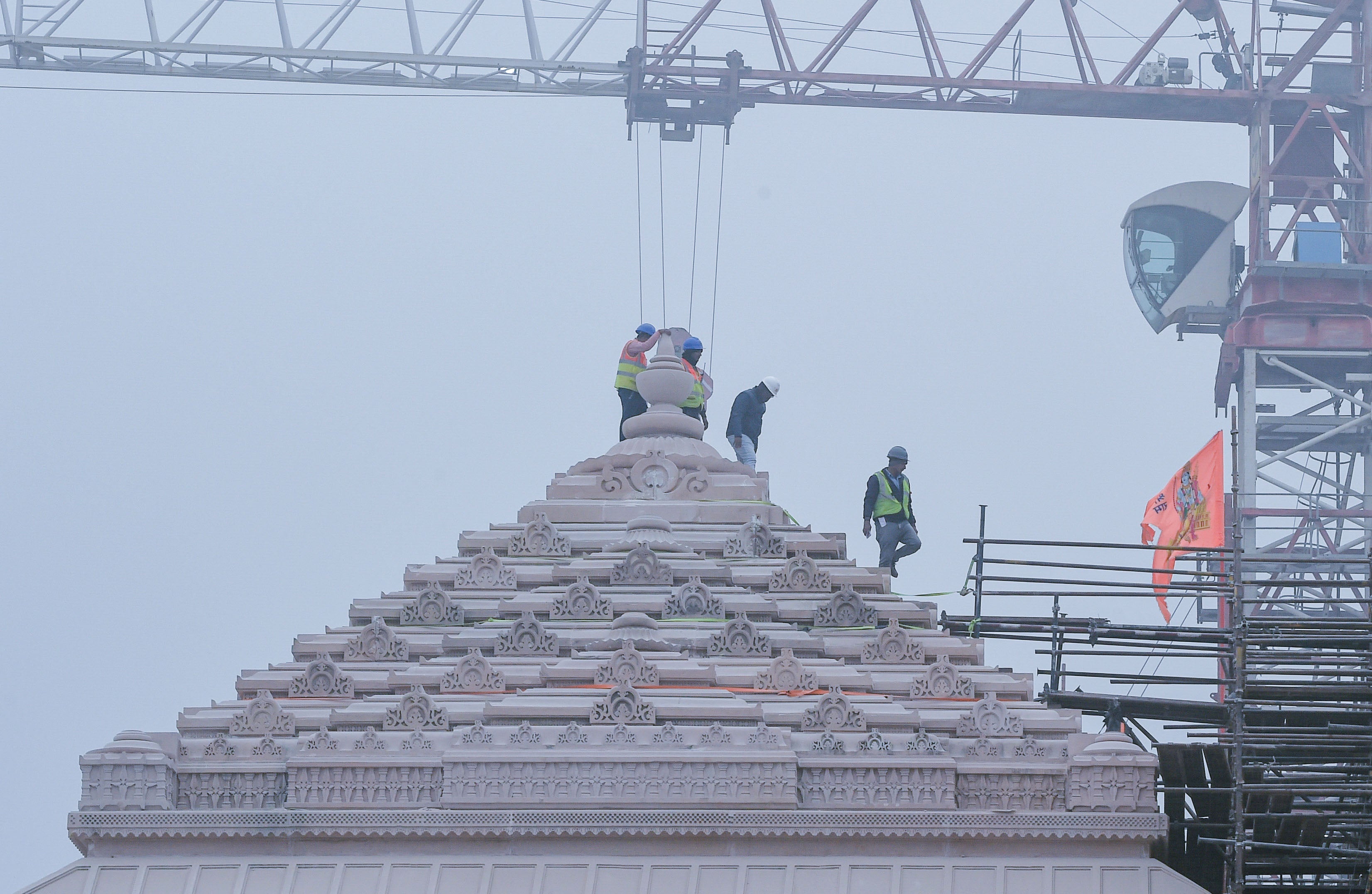
“We were sitting inside our home when the kar sevaks came and attacked,” she tells The Independent. “While my children and I ran away, my husband decided to hide here behind the bushes.”
The mob told him they were police officers and that it was safe for him to step out, she says. “When he came out, they killed him. We did not find an organ of his body. To this day not even the burnt remains [have been found]. I looked for him for at least two, three days around the town, near the riverbed. For the whole day, till 8pm in the night [I searched], but I did not find him.
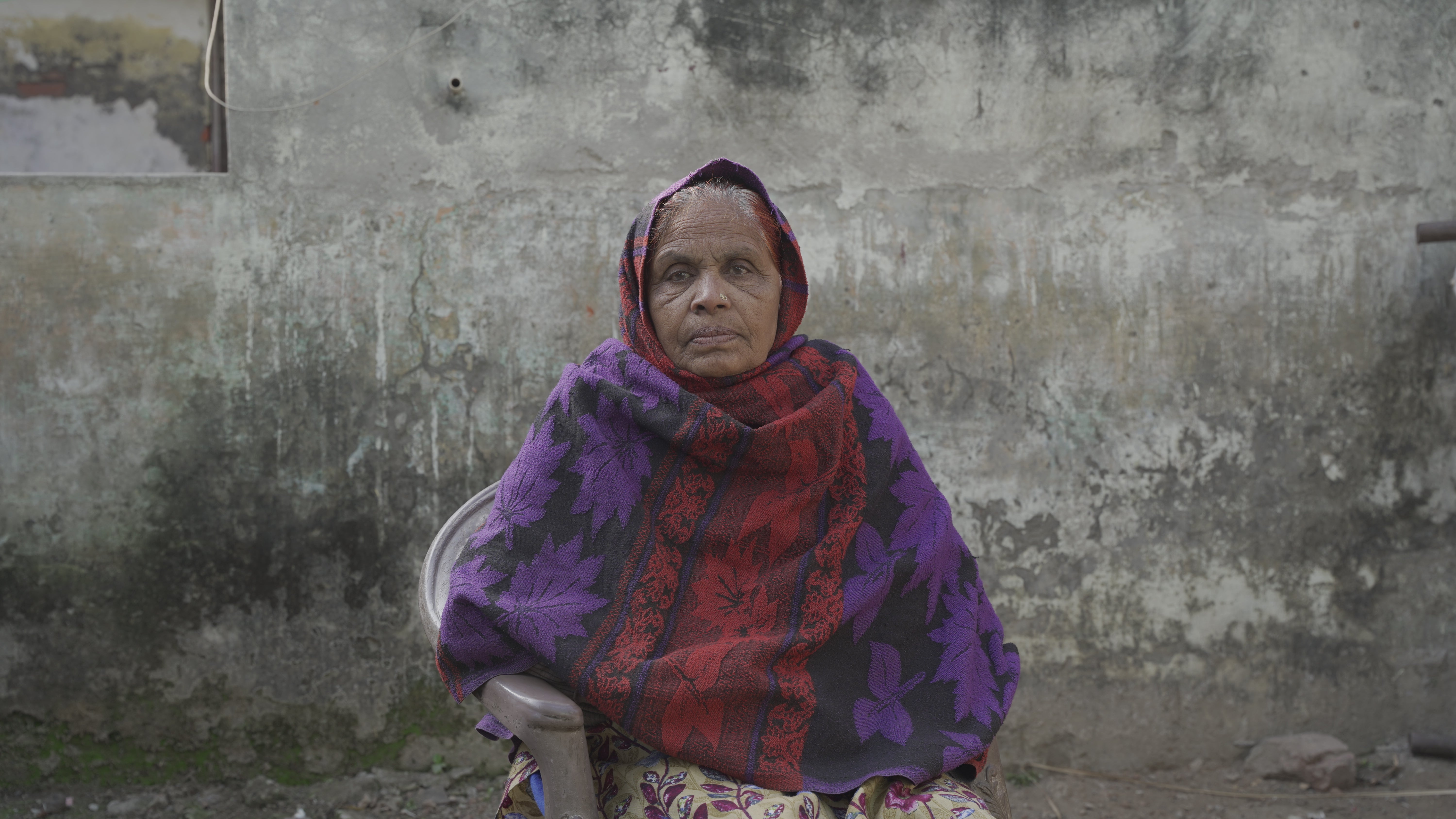
“Police did not help me. To the contrary, they would assault me,” she says. “I did not find him. Not even his ashes.”
As she sees the temple being constructed with the backing of the government, despite the fact that the country’s secularism is enshrined in its constitution, the sense of injustice is hard for her to shake off. “That they have made a temple in place of the mosque, it does bother me a bit,” she says. “But what is done is done, I suppose. There is no point thinking about it.”
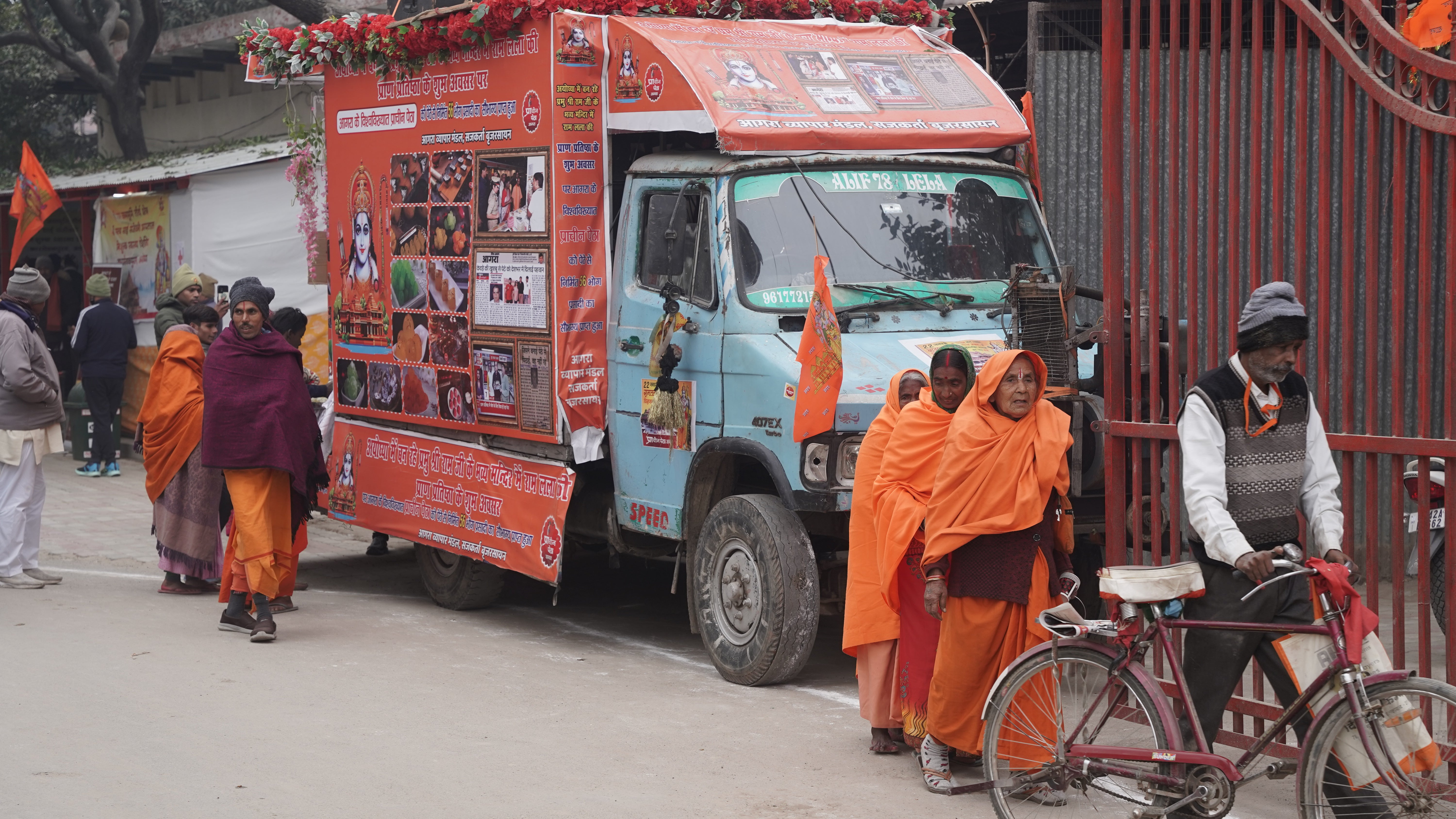
Abdul Wahid Qureshi, 43, was in his home just 50 metres behind the mosque that day when the demolition began. “There were lot of kar sevaks, shouting slogans of ‘Jai Shri Ram’ [Hail Lord Ram]. The situation was very sensitive at the time. If anyone had found out about my Muslim identity, they would have killed me,” he says.
“We managed to escape with the help of a Hindu neighbour, who was a doctor. He called an ambulance in which 17 members of our family hid and were dropped off to Faizabad,” adds Qureshi, referring to a nearby city some 10km from Ayodhya.
“At the time, we were escaping for our lives. I saw my home being burnt down right before my eyes. But there was no time to think.”
Since that incident, he feels the weight of his identity as a Muslim in a country where about 80 per cent of the population is Hindu. “I mean, I do have to think about things since I am a Muslim. My way of being and living is closely scrutinised. Anything can become violent any time... so I am scared and fearful,” he says.
“Not everyone is bad,” he adds. “But there are people who only hate Muslims and feel that they represent everything wrong in the society.”

India’s Supreme Court awarded the contested site to Hindu groups for the Ram Temple’s construction in a landmark ruling in 2019. The five judges who gave that ruling, now invited to the consecration ceremony, also noted that the razing of the mosque, by tens if not hundreds of thousands of Hindus, directly breached its 1991 order for the status quo at the disputed site to be maintained. The mosque’s “obliteration”, they said, was a “calculated act” and “an egregious violation of the rule of law”.
While the $180m (£140m) temple project in the northern state of Uttar Pradesh is funded by donations, the state government, ruled by Modi’s BJP, is spending billions more on rebuilding Ayodhya as a whole, banking on the steady stream of religious tourism the temple will bring. A new international airport, parks, roads and bridges are all in the offing.
“Ayodhya is turning into a global city,” says Ved Prakash Gupta, a local politician and the legislative assembly member for the BJP. “And it is seeing the construction of a tremendous Ram Temple after 495 years of austerity, struggle and sacrifices.”
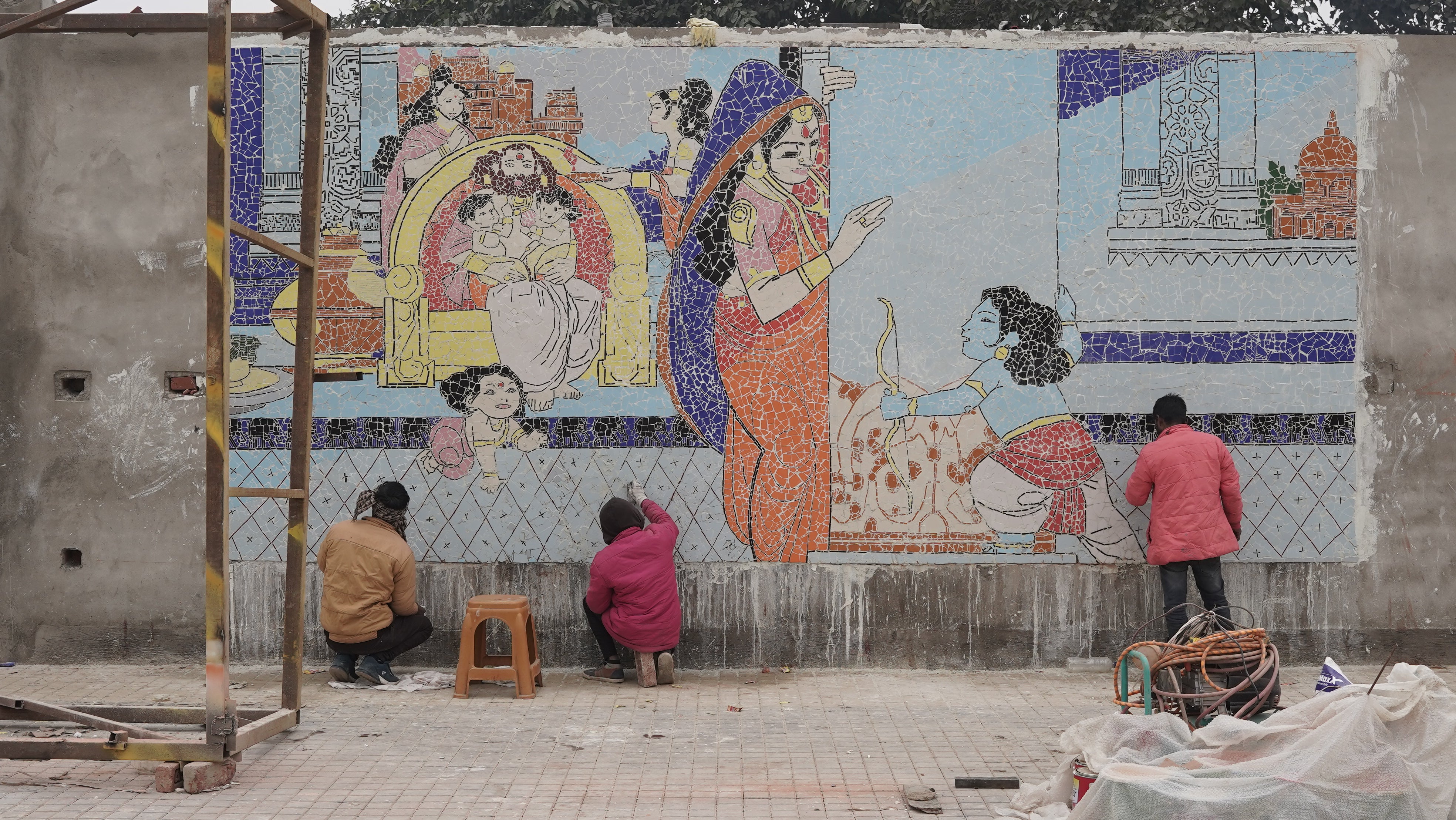
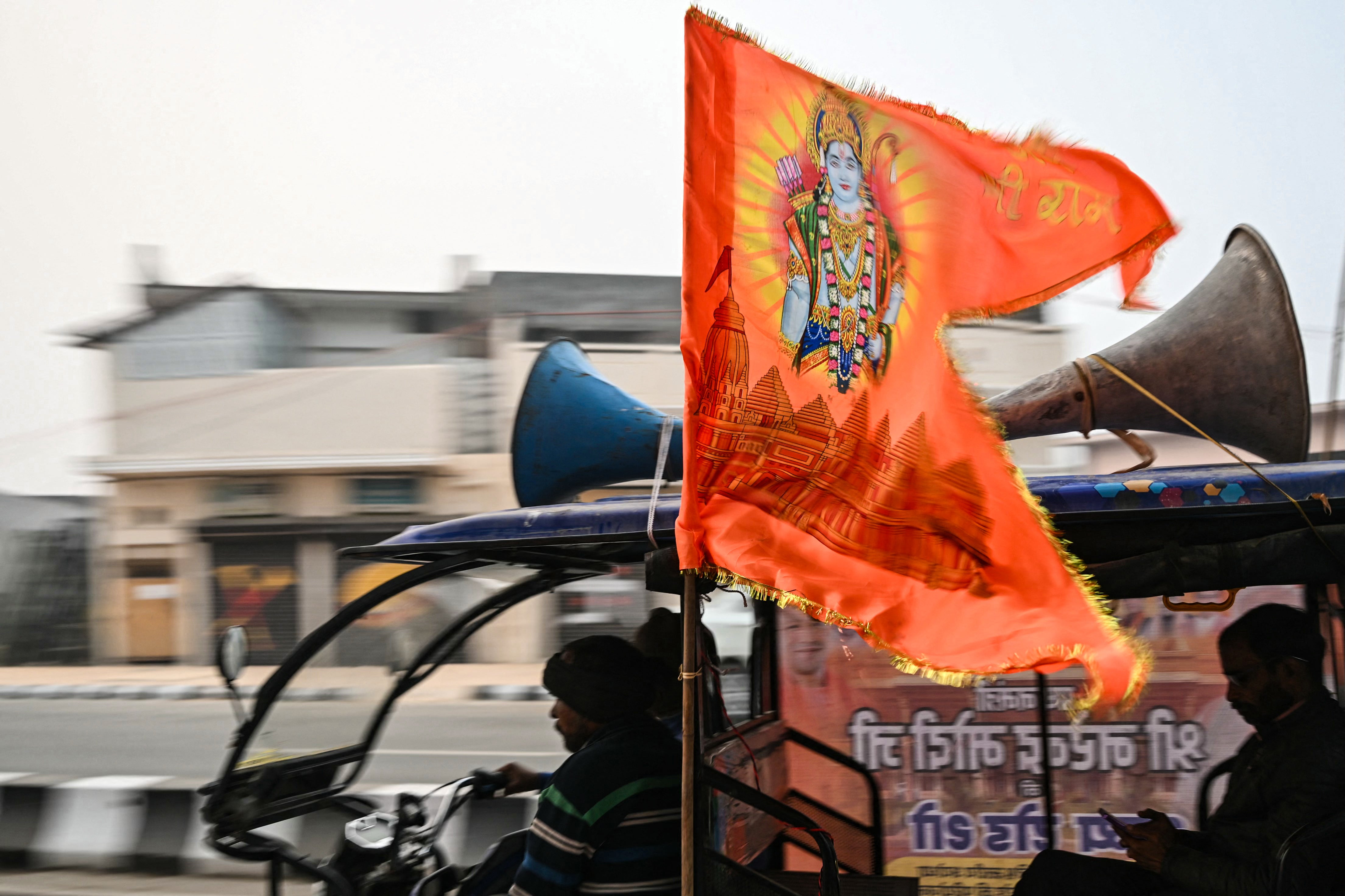
“The entire country and the world is happy that in Ayodhya, Lord Ram will finally reside in his home,” he tells The Independent.
The happiness among the devotees, thronging to catch a glimpse of the temple before the grand opening, is palpable.
“It was really beautiful,” says Sumita Pandey, a doctor and a pilgrim who is visiting Ayodhya to participate in a medical conference. “It was glorious,” says her friend Sunita Aggrawal, accompanying her. Describing it as a moment of pride, she says: “First of all, we are all Hindus. So, for our religion, it is important to bring Lord Ram home.
“What Modi-ji is doing is a big thing for our religion. And it was unimaginable that it would take this much time, and now our wishes are being fulfilled.”
For her, the government’s support for and enthusiastic participation in the construction of the temple where a mosque once stood is not a problem. Nor does she feel concerned about the idea that India is drifting away from the constitutional promise of secularism. “It is a good thing,” she says, on being asked about the government’s leaning towards one religion. She feels that India should be declared a Hindu state. “There is no question. And we will be declared as one, sooner or later.”
Despite such calls from grassroots BJP members, the government denies having any plans to declare India a Hindu nation. “Any talk of amending the constitution is meaningless,” said Modi when he was asked about the matter in a rare interview with the Financial Times.
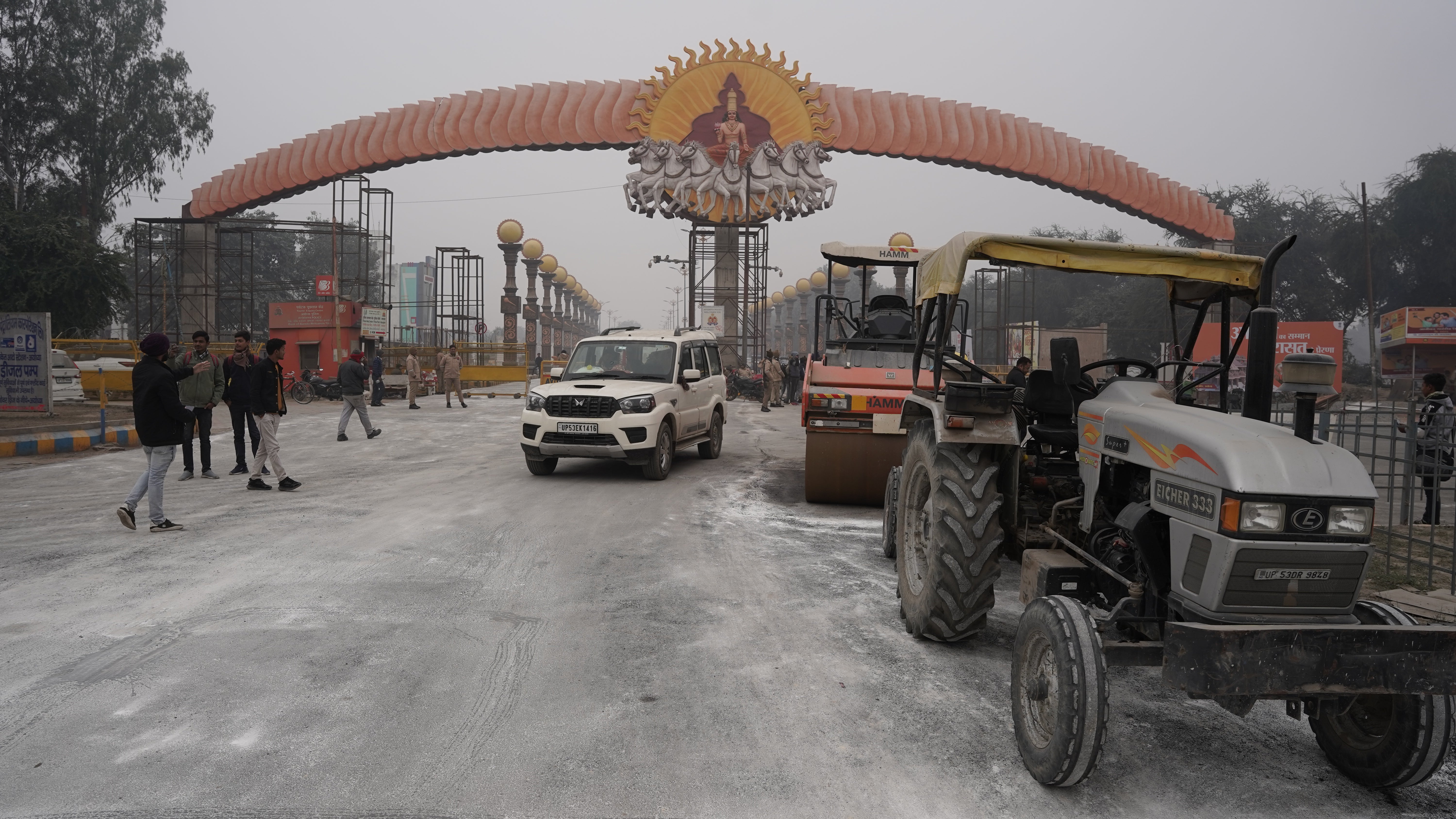
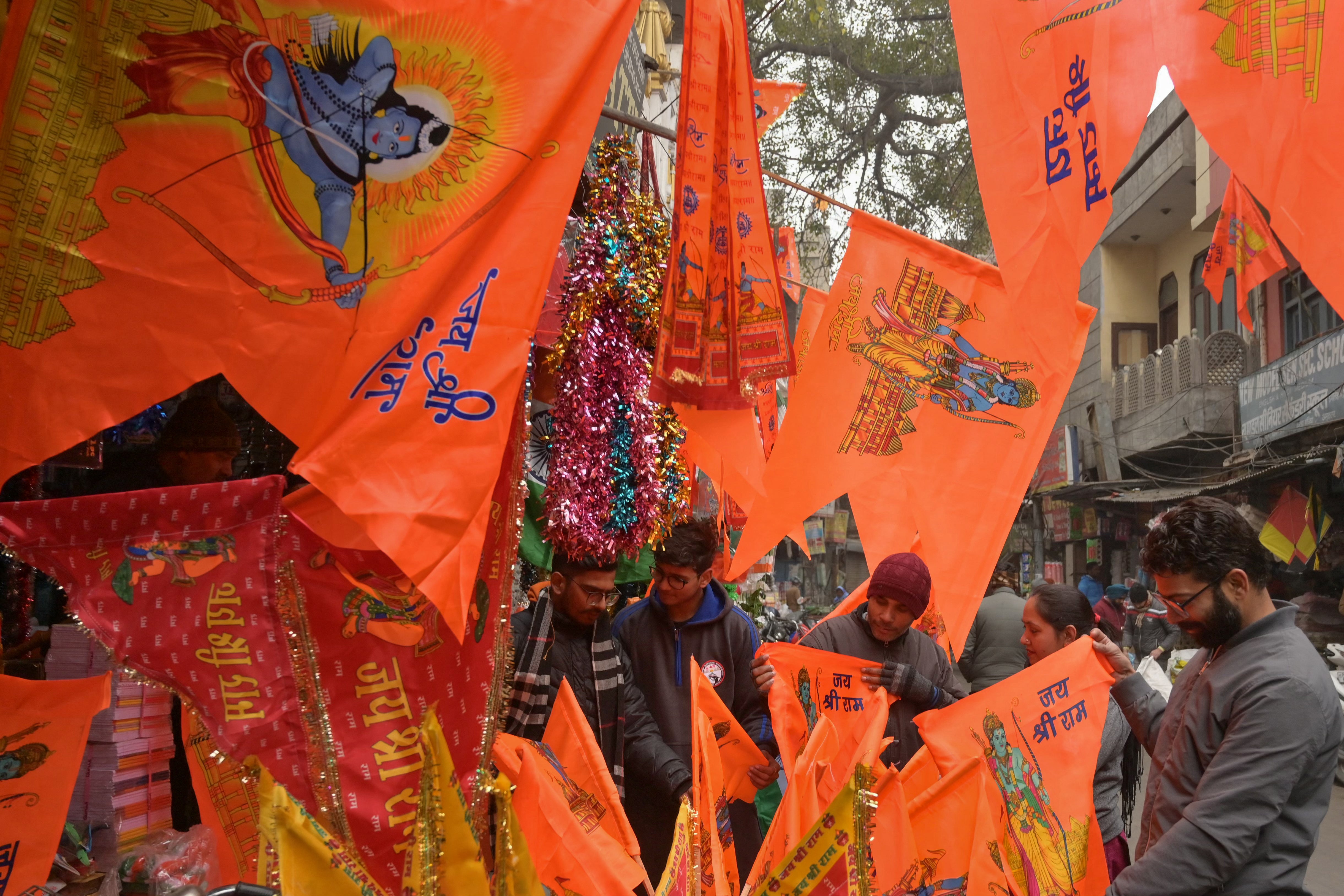
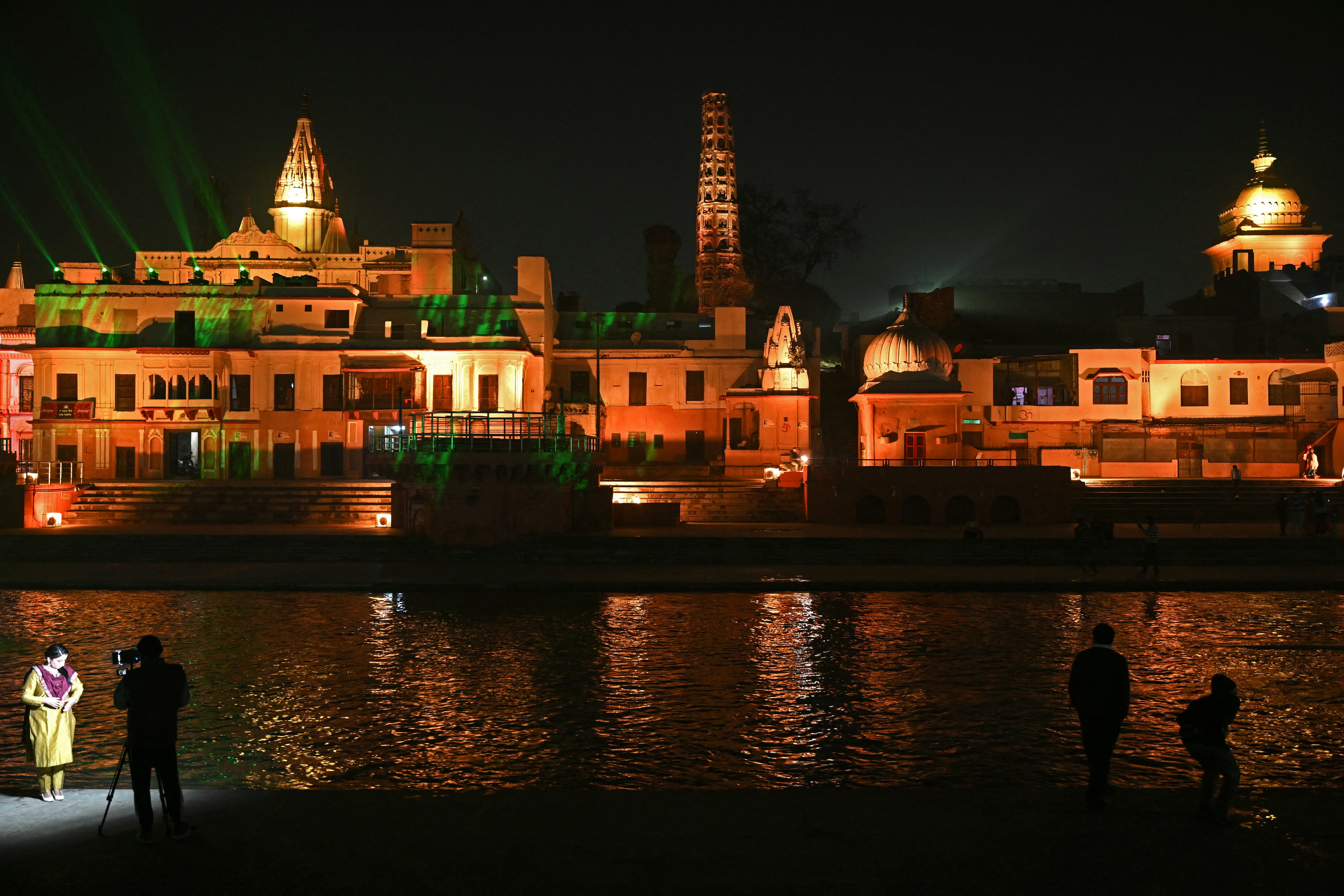
“This word, secular. This term, secularism. I do not understand. What secularism are you talking about?” says Gupta.
“The Archaeological Survey of India (ASI) officials have said that there was once a temple here and it was a big temple. And we are going to make a temple which was as big as that,” he says, a reference to an ASI report cited by the Supreme Court of India in its 2019 judgment.
The verdict gave credence to the ASI’s assertion that there may have been a temple at the site, despite the fact that independent archaelogical experts have disputed this claim.
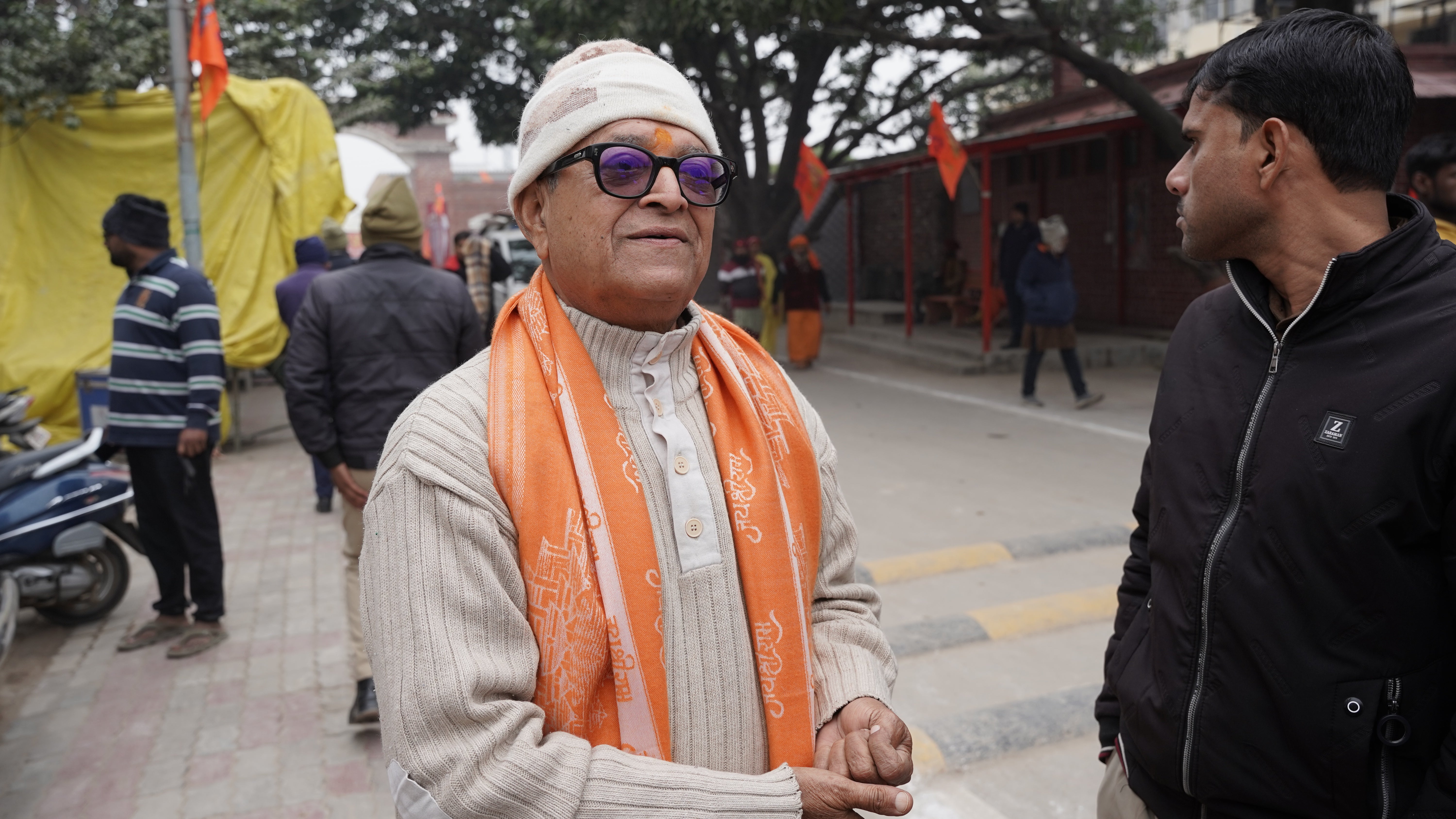
For Ram Bilas Pandey, 65, the destruction of the Babri Masjid was a struggle that, with the building of the Ram Temple, has finally come to fruition.
A kar sevak in Ayodhya working under Vishwa Hindu Parishad, an umbrella group of Hindu outfits and an ally of Modi’s Bharatiya Janata Party (BJP), he was among the scores of workers responsible for leading the mob in the city to the mosque.
“When the police fired teargas to prevent the kar sevaks from marching towards the mosque, we used jute bags, water and calcium hydroxide to prevent the teargas from affecting us. We had to support the kar sevaks and lead them forward,” he says.
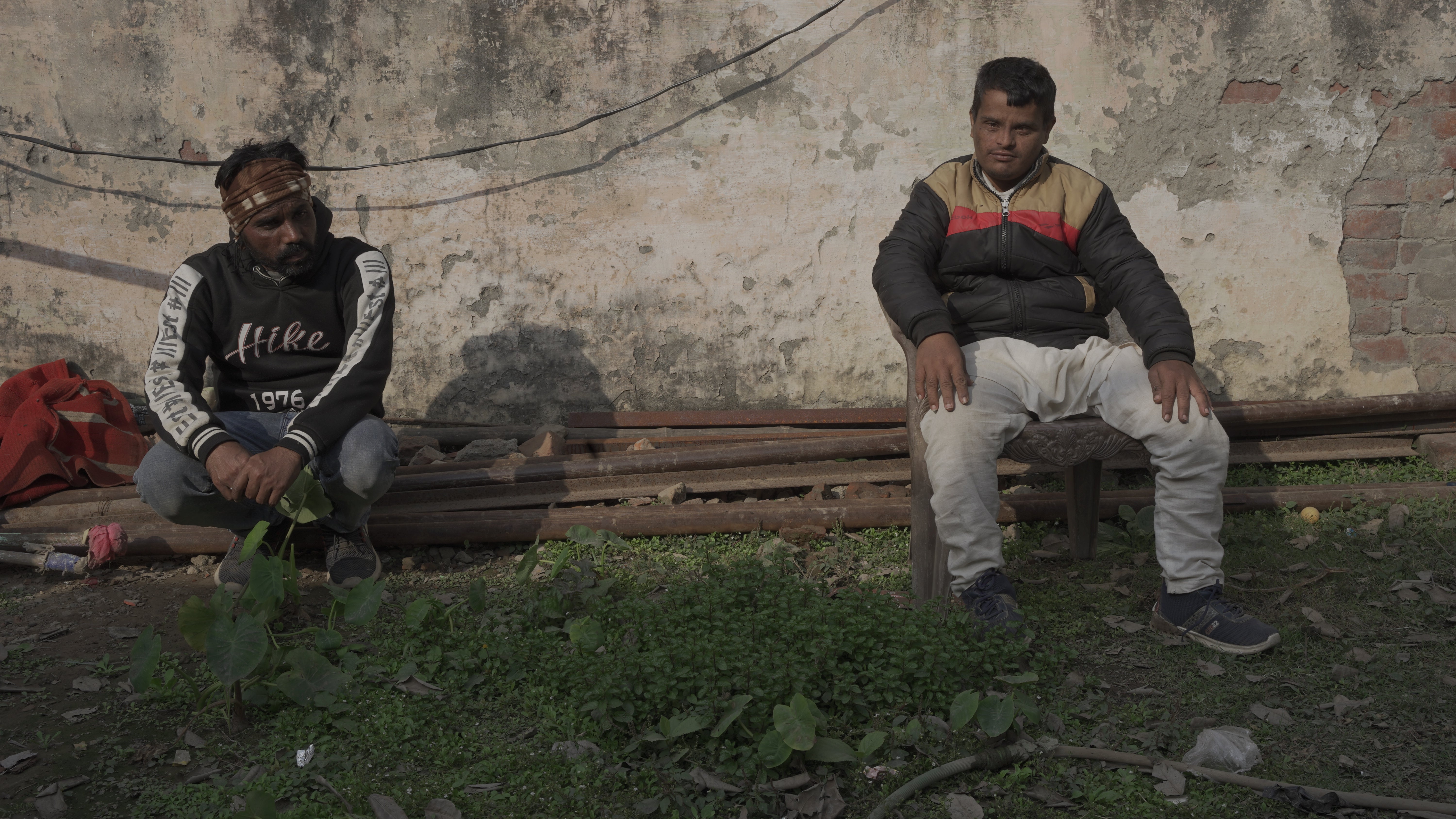
Having been involved since 1983 with the Rashtriya Swayam Sevak Dal (RSS), the ideological arm of the BJP, he says the workers in Ayodhya were directed to take care of food and lodgings of the kar sevaks landing in Ayodhya, and to gather information on the streets of the city to help the workers navigate it and move past the restrictions in place.
“I was not involved in the felling of the mosque. But it was my responsibility to find the ways to help the workers reach the mosque,” he says.
Three decades on, he has no regrets over providing support to those who demolished the mosque. “I am at peace with the construction of the temple,” he says. “The movement that I and my other Hindu brothers and sisters began 40 years ago is finally over and Lord Ram is coming. There is nothing better than this.”
He insists that the mosque’s destruction does not mean that there is “discrimination between people belonging to the two communities here”.
“In fact, the Muslims here have lived like our brothers. And all of us [kar sevaks] worked to ensure that the violence does not hit the Muslim families residing at the time.”
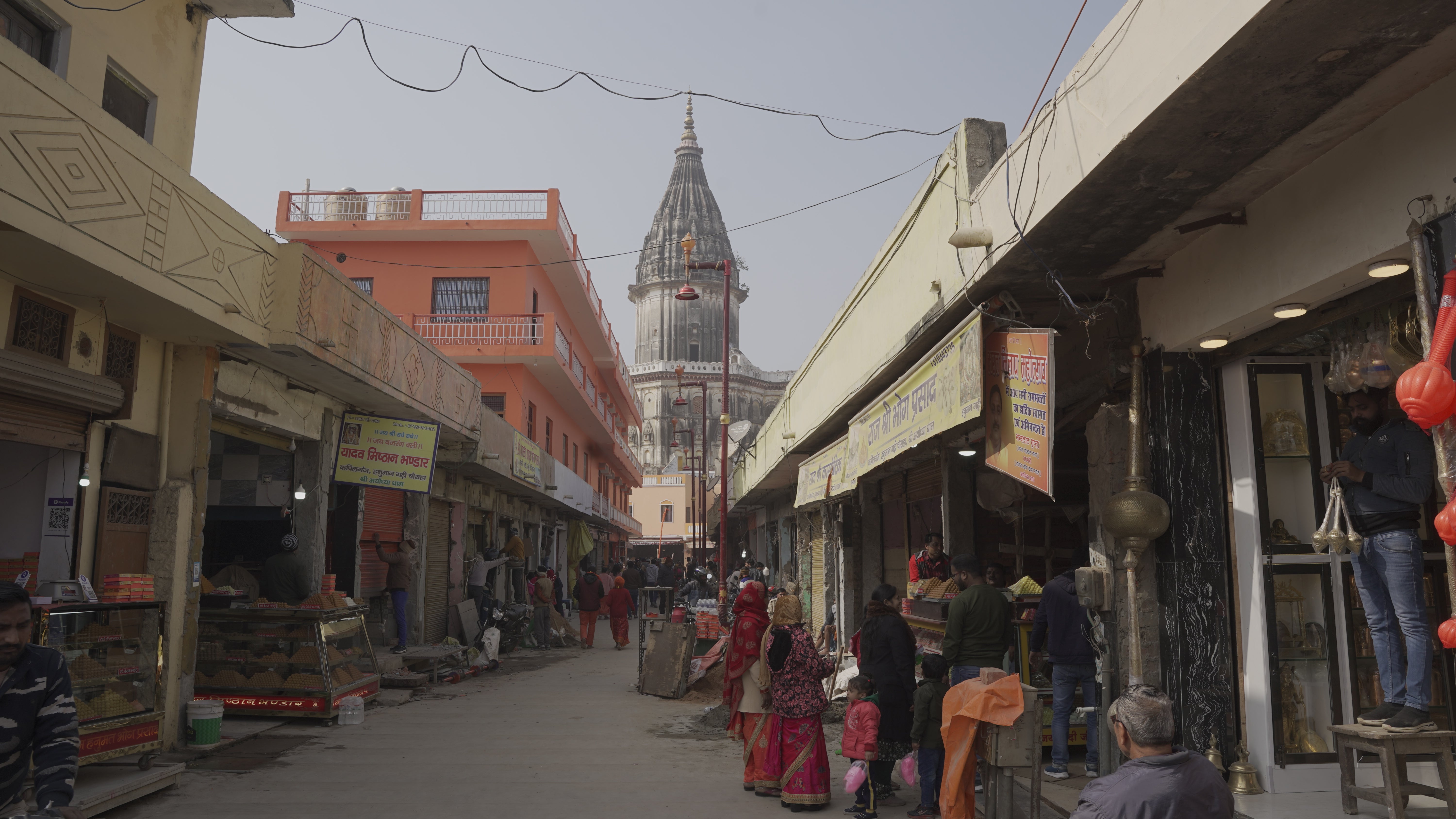
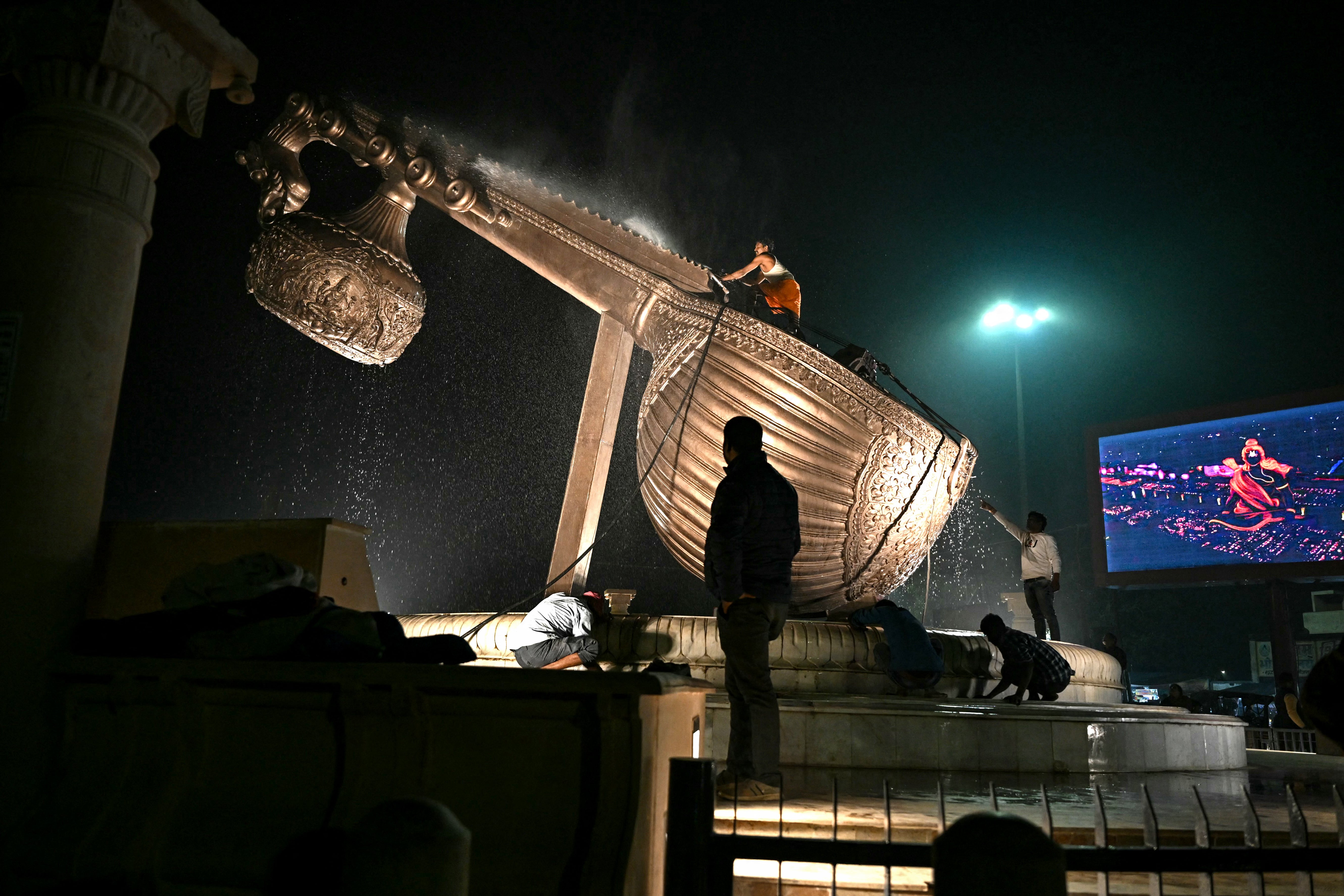
But that has not been Mohammad Sohrab’s experience. “You feel the discrimination everywhere,” says the 37-year-old Ayodhya resident. “Even if you open a shop, you will be identified as Muslim first and your business won’t run. If you open a hotel, people don’t come to your shop to eat.
“You can’t just go anywhere, once they identify you as a Muslim... [The Hindus] can go anywhere [in the city] but not a Muslim.”
Despite being an Ayodhya resident, he suspects that he will not be allowed to visit the newly constructed temple. “Once they know there is a Muslim in the temple, there will be objections raised. They will ask us why we are here. We will be asked for hundreds of identity proofs and the purpose of our visit. This, even when they know we are from the city.
“They can go to a grave, tomb or shrine and no one would stop them. But if we go to a temple, there would be a lot of restrictions.”
The 2019 Supreme Court ruling said that while the Babri Masjid site must be given up for the construction of a temple, a separate patch of land should be handed to Muslim groups to build their own new mosque. A five-acre site was identified some 25km away in the village of Dhannipur, right on the city limits, and was given over to the Uttar Pradesh Sunni Central Waqf Board, a state administrative body for Muslims.
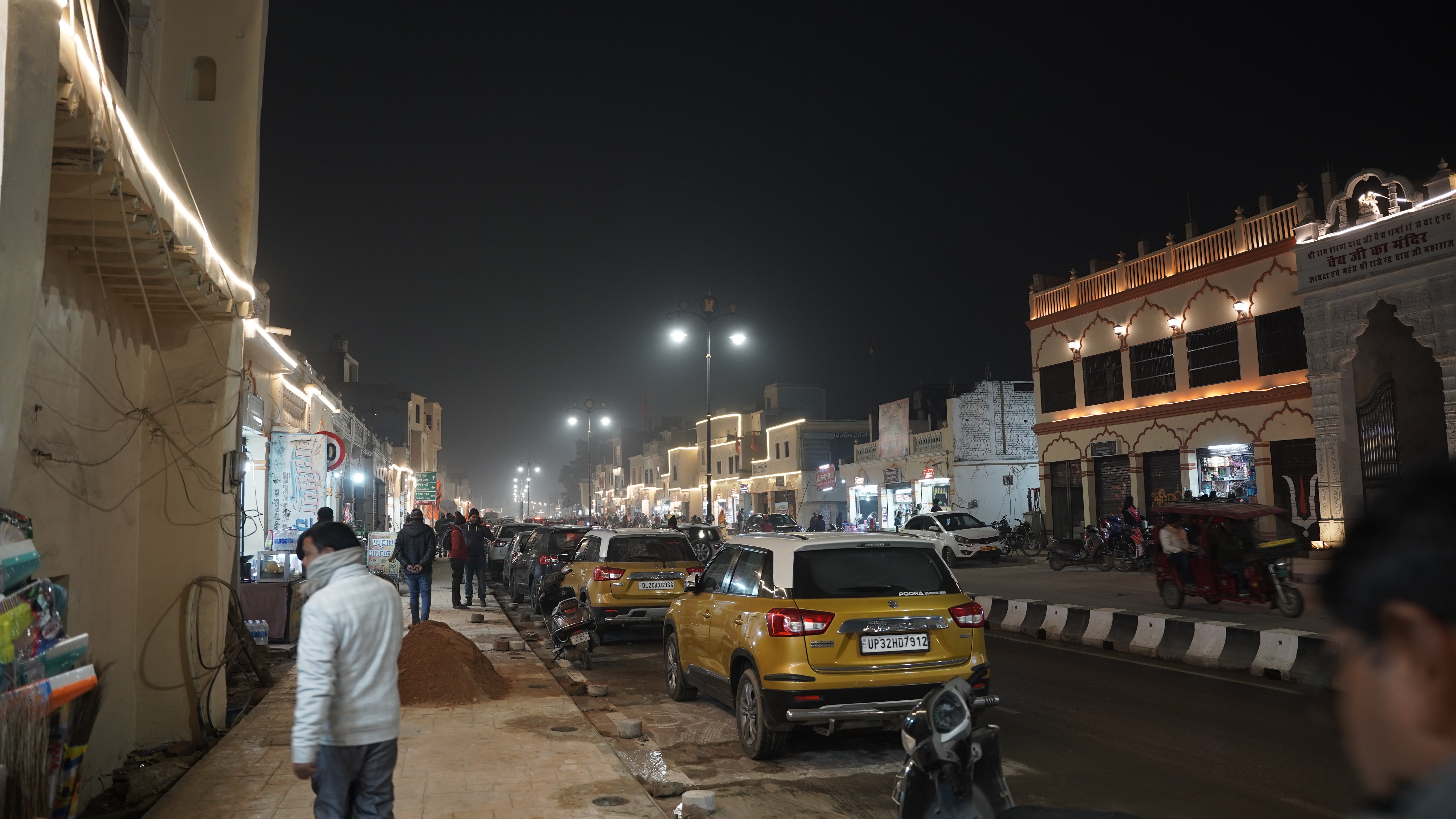

Yet while much of Ayodhya is seeing a development boom, with major hotel chains building new properties and locals converting their homes into homestays, the construction of the mosque far from the now bustling city centre is yet to begin.
“The government has not given any attention to the five-acre land allotted for the mosque construction,” says Azam Qadri, president of the Ayodhya district committee of the Sunni Waqf board. “If only 10 per cent of the focus directed to the Ram Temple was directed this way, the building of the mosque perhaps would have already begun.”
As Ayodhya prepares to accommodate more pilgrims visiting the city, which is expected to attract a staggering 100,000 devotees per day by the end of the year, some Muslims say they feel excluded.
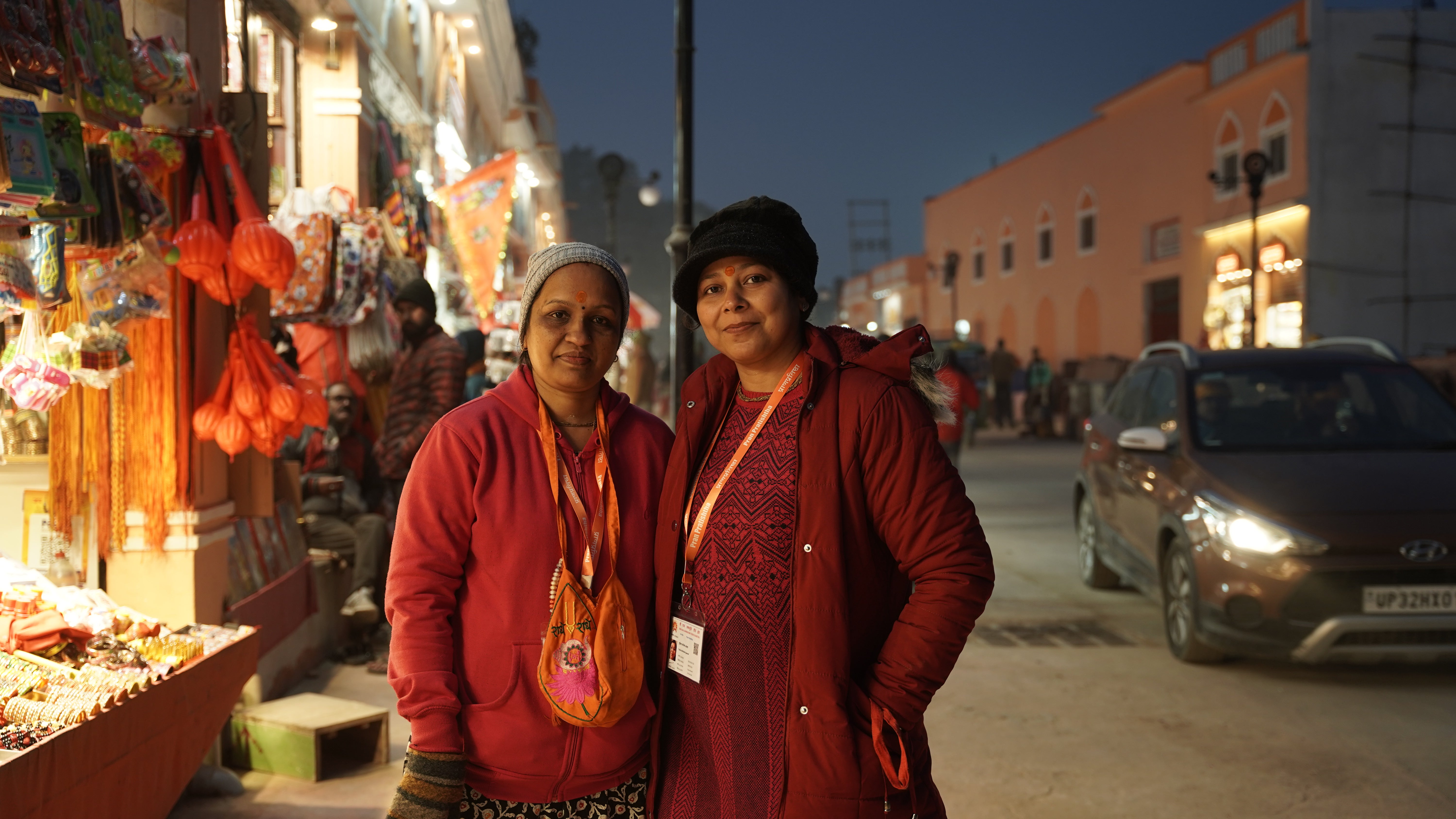
“It is great that a lot of development is taking place here. But we are not happy with it,” Qadri says. “Muslims are not satisfied with it. We have also written letters to the prime minister about the development work. He raised the slogan: ‘Together with all, development for all and the trust of all’. But things are not moving along that line. The government is only targeting the development of only one community.”
Mohammad Sohraab Khan, 45, a resident of Dhannipur, puts the delay in building the mosque down to administrative bottlenecks in getting the necessary clearances and planning permission. He is hopeful that “once the mosque construction begins, the development work will reach here as well”.
“It will be a mosque of five minars, and it will be called Mohammad bin-Abdullah. There will be automatic water showers that will be timed along with the prayer calls. There will be a free-of-cost cancer hospital, along with a law college and medical college. There will also be a community kitchen,” he says.
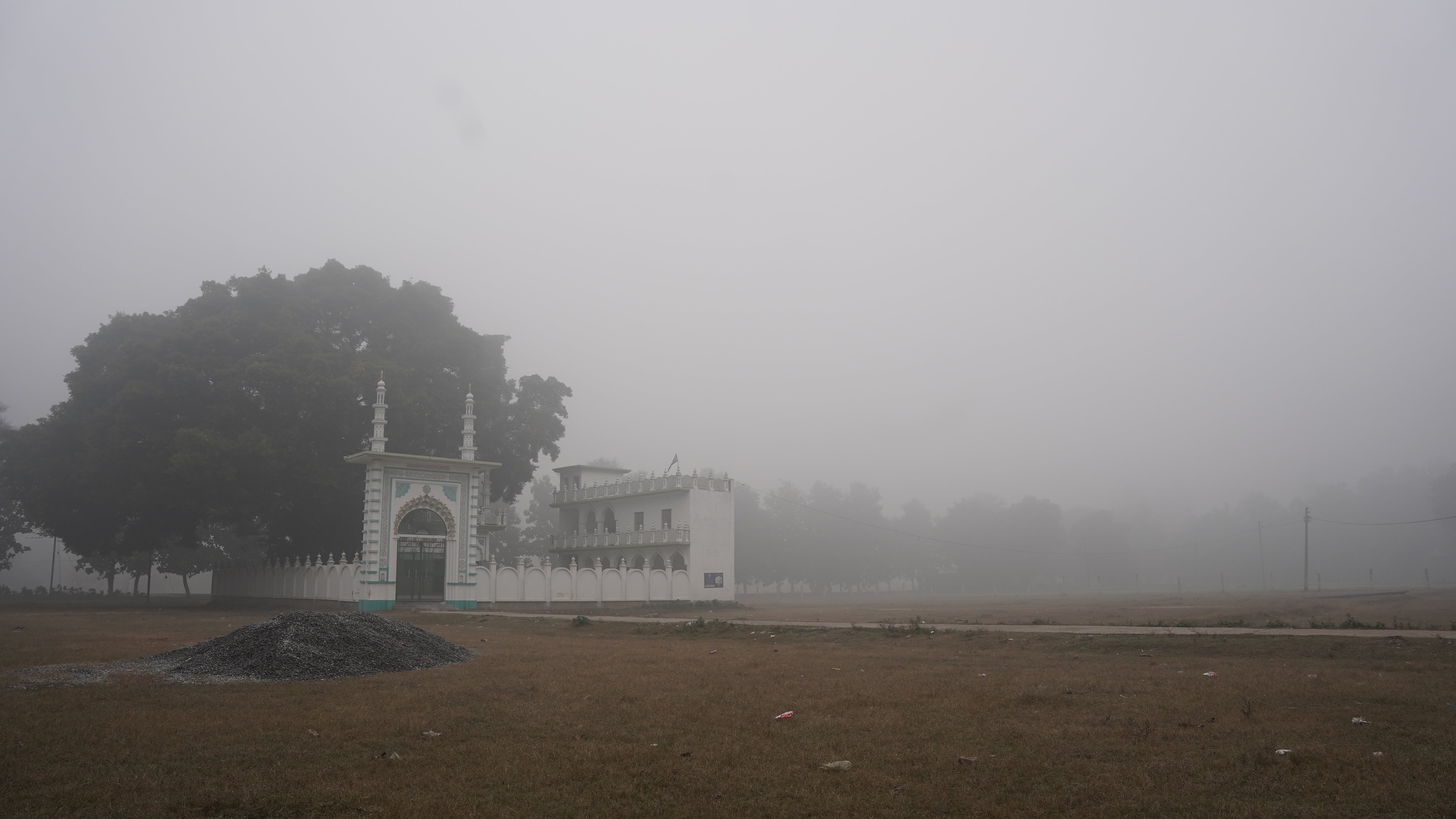
The designs still haven’t been approved, but he says construction could begin by May this year. “We are hopeful that once the construction starts here, the government will pay attention here as well.”
For the time being at least, it remains a playground for children and a grazing site for goats and cows.
Back in Ayodhya, Sohrab is making peace with the idea that despite the contrast between the two development projects, the city will finally move on from the communal tensions that have defined it for decades.
“We were wronged in the sense that the temple was built where the mosque was illegally torn down. As a community, we do feel wronged. But in terms of religious tension, I would say it is all right here. Things have finally calmed down.”





Join our commenting forum
Join thought-provoking conversations, follow other Independent readers and see their replies
Comments